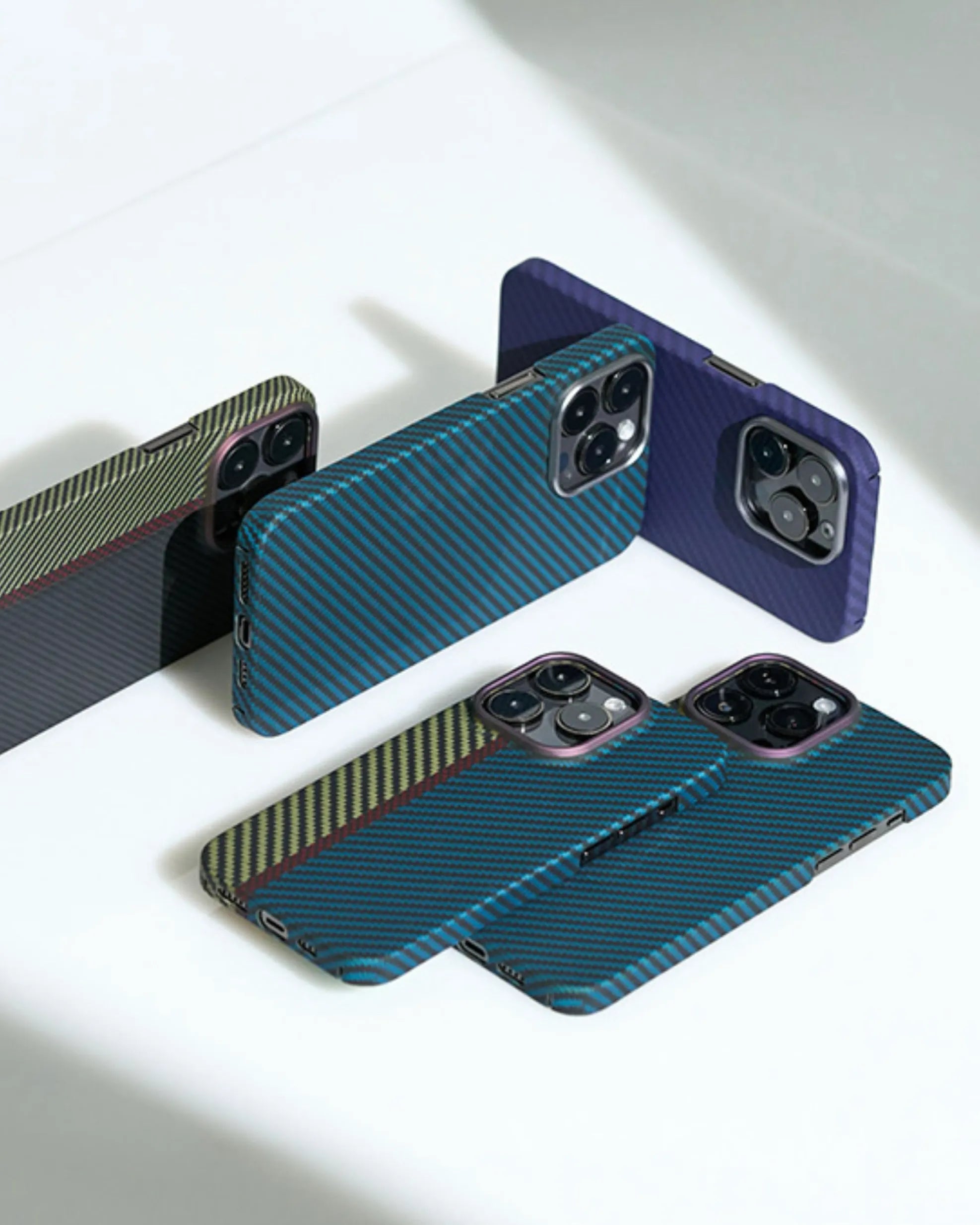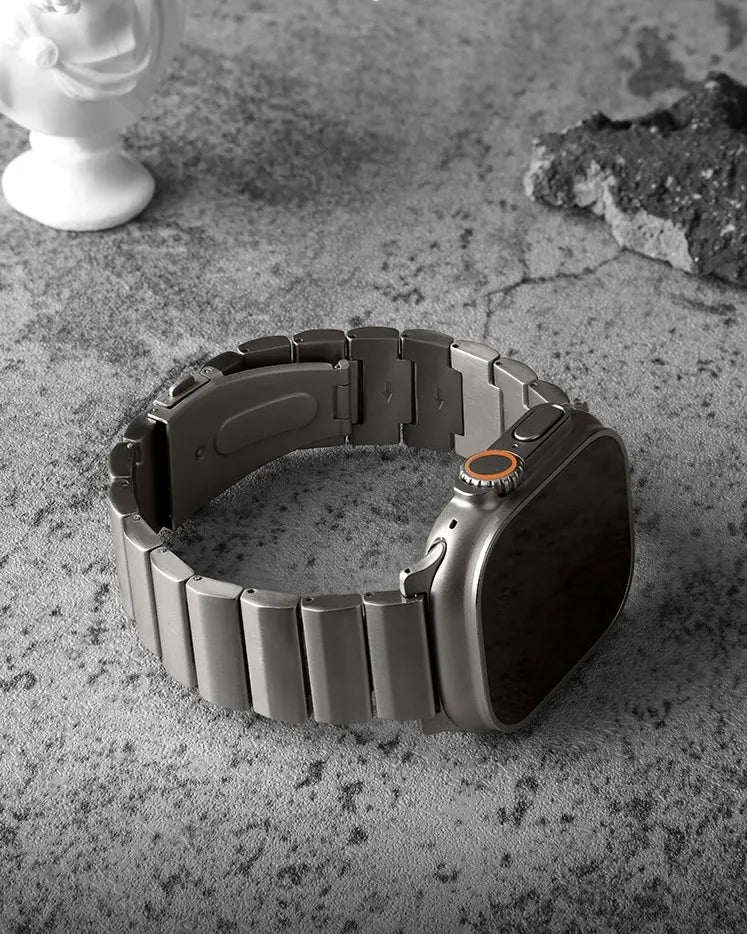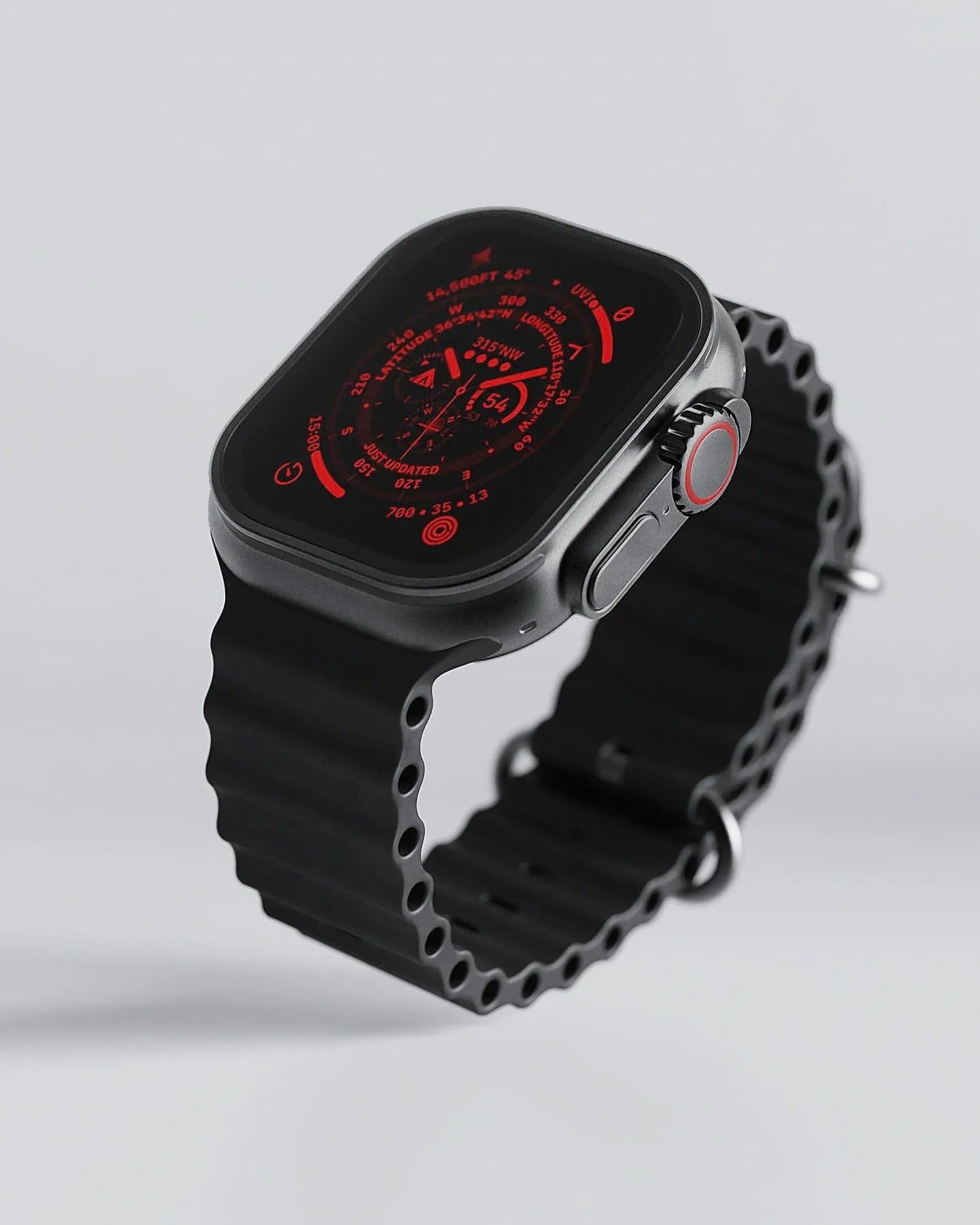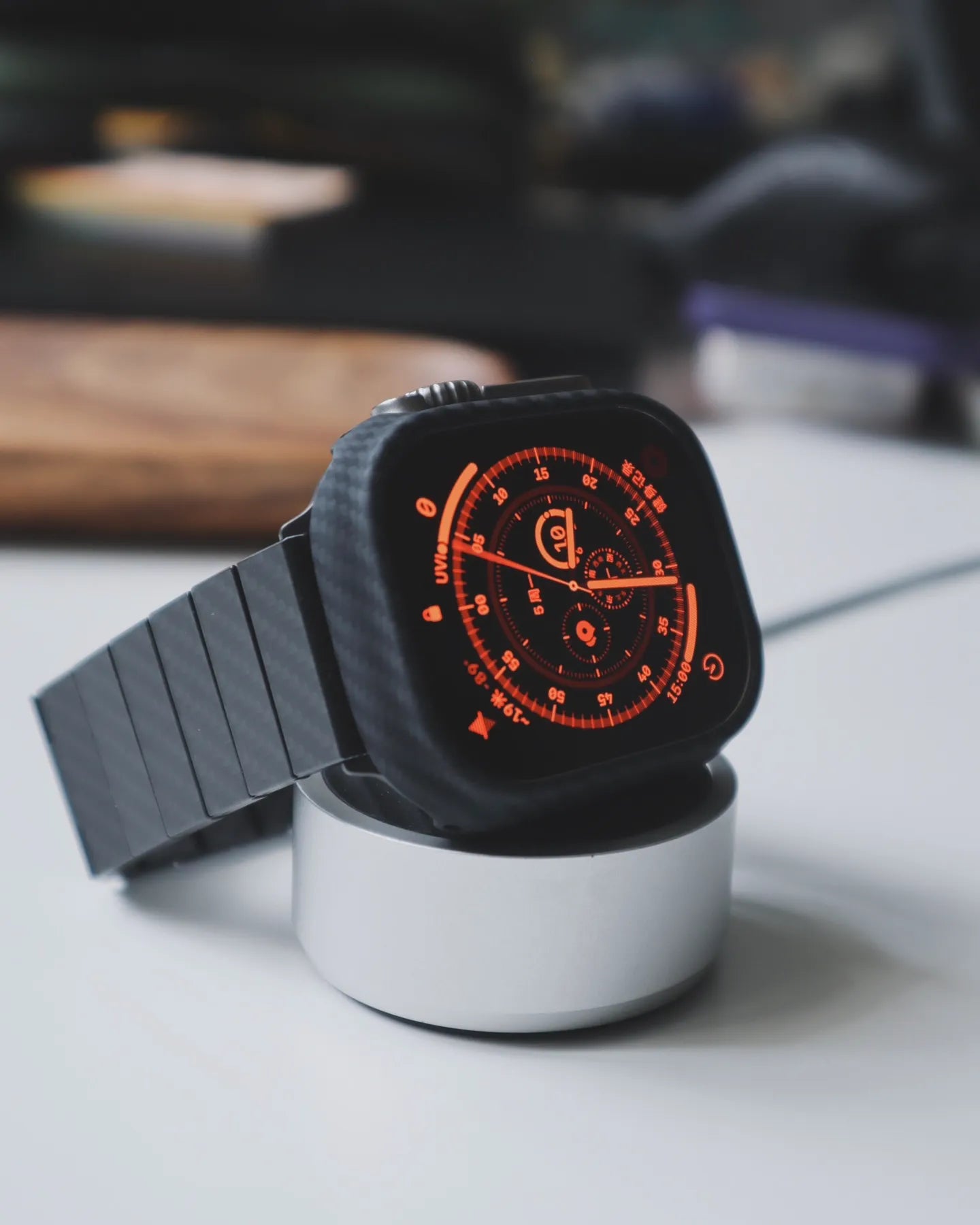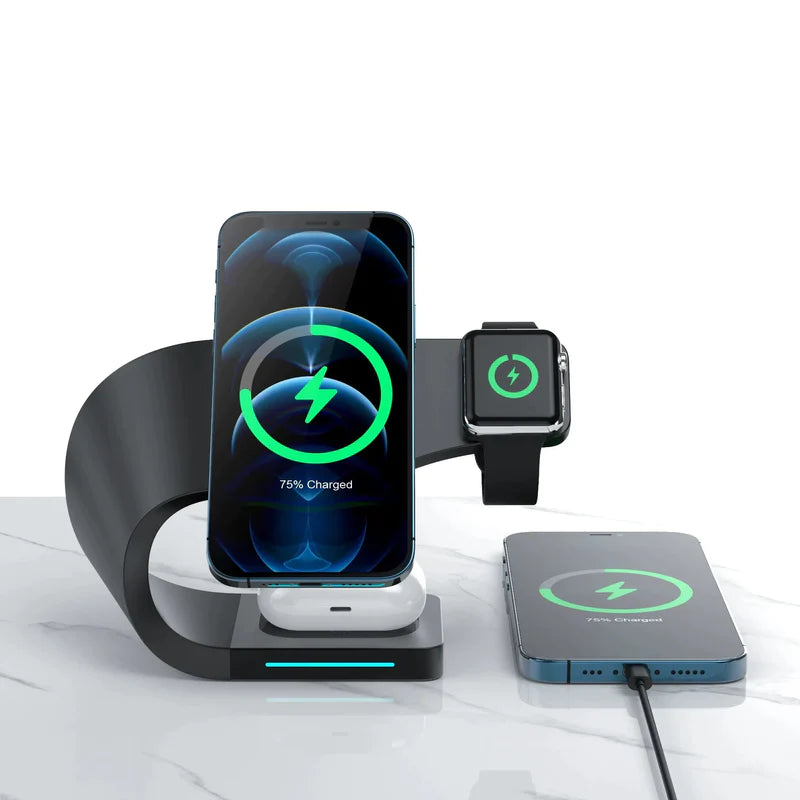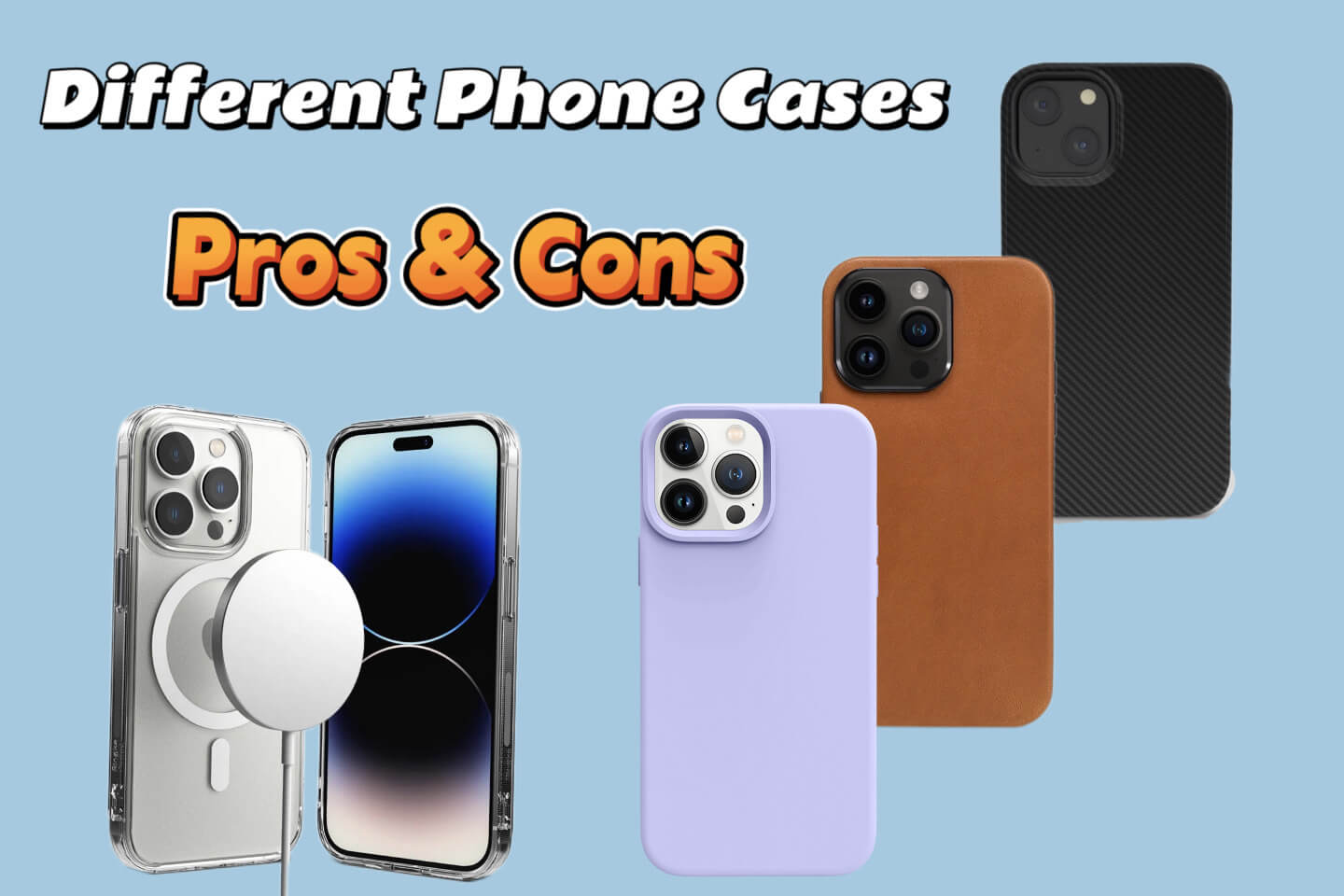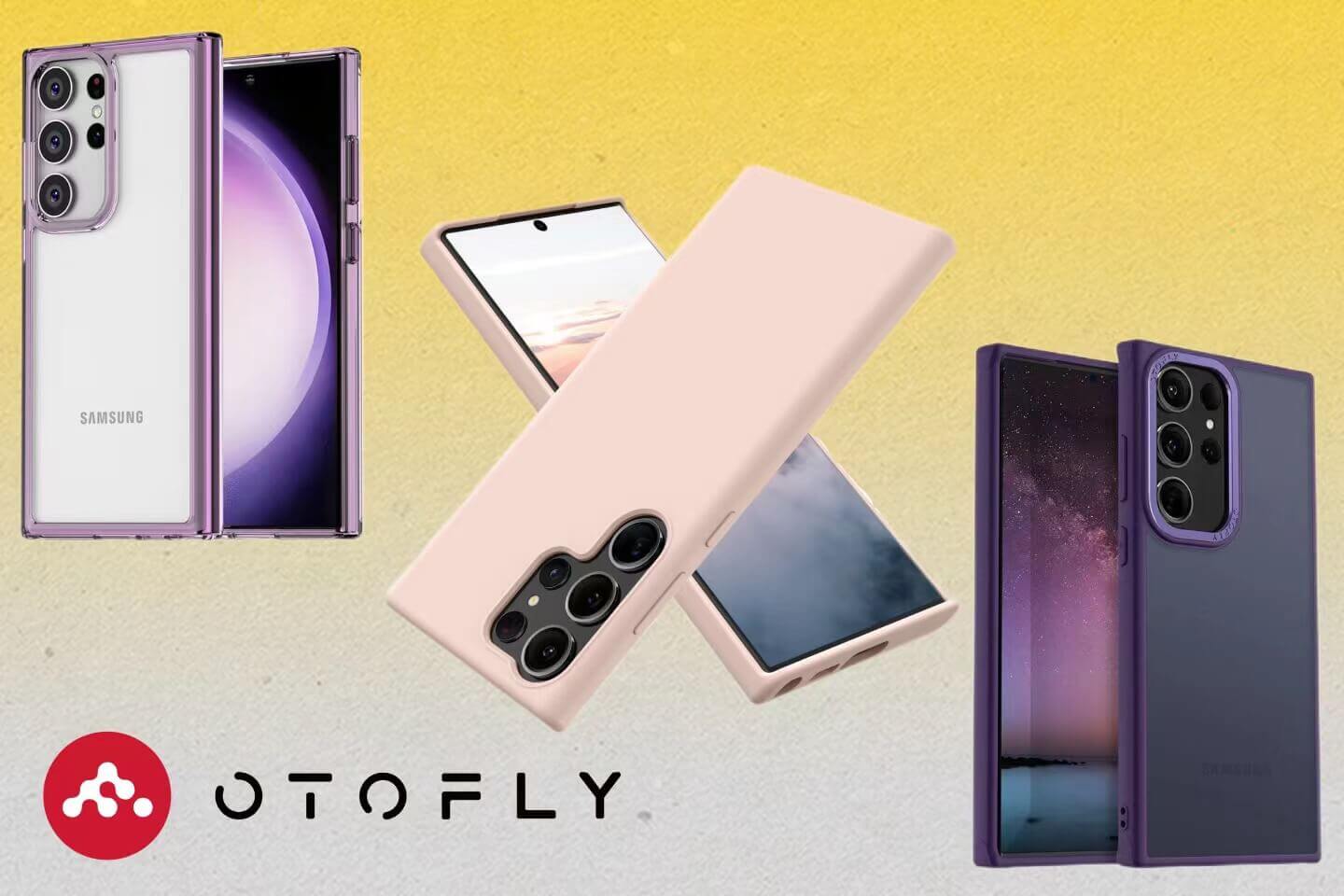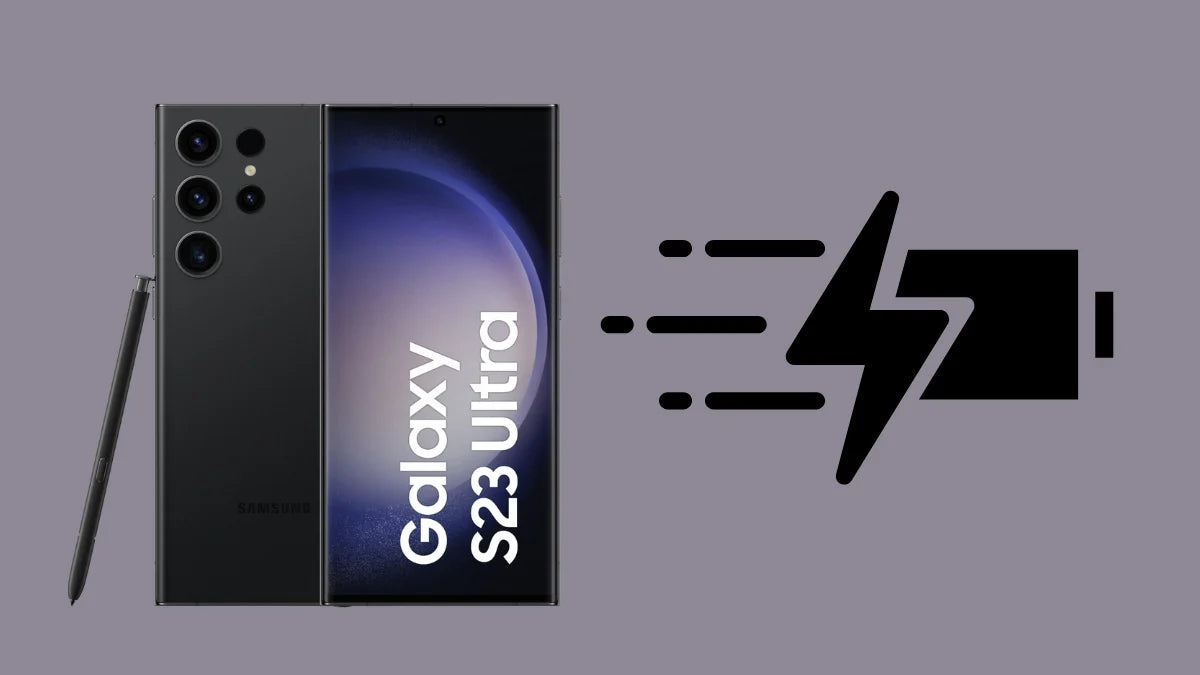Phone cases are essential accessories for protecting our phones from damage and adding personal style to our devices. When it comes to materials used in making phone cases, the market offers a range of options. However, four of the most common materials used in phone case production include thermoplastic polyurethane (TPU), carbon fiber, liquid silicone, and leather. Next, let's understand the advantages and disadvantages of each material.
Thermoplastic Polyurethane (TPU)
Pros:
- Flexibility: Phone cases made of TPU material can absorb impact and distribute shock when your phone is dropped or bumped.
- Lightweight: It won't add much weight or bulk to your phone.
- Easy to install and remove: You can switch between cases or take your case off to clean your phone without much hassle.
- Affordable: More affordable than other types of phone cases.
Cons:
- Less durable than other materials: It may not be as durable as other materials, such as polycarbonate or metal.
- Not as protective as other materials: While TPU can absorb shock, it may not provide as much protection as other materials, such as carbon fiber or metal.
- May yellow over time: TPU phone cases may be yellow over time, especially if they are exposed to sunlight or other sources of UV radiation.
- Limited color options: This may not be as customizable as other types of phone cases, such as silicone or leather.
Carbon Fiber
Pros:
- High durability: Carbon fiber is a strong and tough material, which makes it resistant to wear and tear from daily use.
- Lightweight: Carbon fiber is known for its lightweight properties, making it easy to carry your phone in your pocket or bag without adding extra weight.
- Aesthetically pleasing: Carbon fiber has a unique texture that can give your phone case a sleek and stylish look.
- Resistant to temperature changes: Phone cases made of carbon fiber can protect your phone from damage caused by extreme hot or cold temperatures.
Cons:
- Expensive: Carbon fiber phone cases tend to be more expensive than other phone cases made from different materials due to the high cost of manufacturing carbon fiber.
- Limited shock absorption: It may not provide as much shock absorption as other materials, such as rubber or silicone.
- Not compatible with all phone models: You may not be able to find a carbon fiber case that fits your phone.
- May interfere with wireless charging: Carbon fiber is not a good conductor of electricity.

Liquid Silicone
Pros:
- Soft and flexible: Liquid silicone is a soft and flexible material that can provide a comfortable grip and absorb shock when your phone is dropped or bumped.
- Durable: Liquid silicone is a durable material that can withstand wear and tear from daily use.
- Easy to clean: Liquid silicone phone cases are often easy to clean and maintain. You can wipe them down with a damp cloth or use soap and water to remove dirt and grime.
- Good for people with allergies: Liquid silicone is a hypoallergenic material that is less likely to cause skin irritation or allergies compared to other materials, such as rubber or latex.
Cons:
- Limited color options: They may not be as customizable as other types of phone cases, such as leather or metal.
- May attract dust and lint: Liquid silicone phone cases may attract dust and lint, especially if they are exposed to fabrics or other materials that shed fibers.
- May be slippery: Liquid silicone phone cases can be slippery, especially if your hands are wet or sweaty.
- May yellow over time: Liquid silicone phone cases maybe yellow over time, especially if they are exposed to sunlight or other sources of UV radiation.
Leather
Pros:
- Stylish and professional look: Leather phone cases can provide a classic and elegant look that can elevate your phone's appearance.
- Durable: Leather phone cases are typically durable and can withstand everyday wear and tear.
- Good grip: Leather phone cases can provide a good grip and can prevent your phone from slipping out of your hand.
- Soft and comfortable to touch: Leather phone cases can feel soft and comfortable to the touch, which can provide a luxurious feeling while holding your phone.
Cons:
- Expensive: Leather phone cases can be more expensive than other types of phone cases, such as TPU or plastic cases.
- Can be bulky: Leather phone cases can be thicker and bulkier than other types of phone cases.
- Requires maintenance: Leather phone cases require regular maintenance to keep them looking good.
- Not as shock-resistant: Leather phone cases may not provide as much protection against drops and impacts as other materials, such as carbon fiber or TPU.
After comparing the pros and cons of four different phone case materials, it is clear that each material has its own unique advantages and disadvantages.
- Thermoplastic polyurethane (TPU) phone cases are affordable, lightweight, and easy to grip, but may not provide as much protection against drops and impacts.
- Carbon fiber phone cases are durable, lightweight, and provide excellent protection, but can be expensive and have limited design options.
- Liquid silicone phone cases are soft, flexible, and provide good protection, but may attract dust and lint and can become slippery.
- Leather phone cases are stylish, durable, and provide a good grip, but may be more expensive and require regular maintenance.
When choosing a suitable phone case, consumers should consider their budget, the level of protection they need, and their personal style preferences. Those who are looking for an affordable and lightweight option may prefer a TPU phone case. Those who prioritize protection and durability may opt for a carbon fiber phone case. Those who value comfort and softness may prefer a liquid silicone phone case, while those who prioritize style and sophistication may choose a leather phone case.
Ultimately, it is up to the individual consumer to decide which phone case material is best suited for their needs. By considering the pros and cons of each material and taking into account their personal preferences, consumers can choose a phone case that offers both protection and style for their device.

